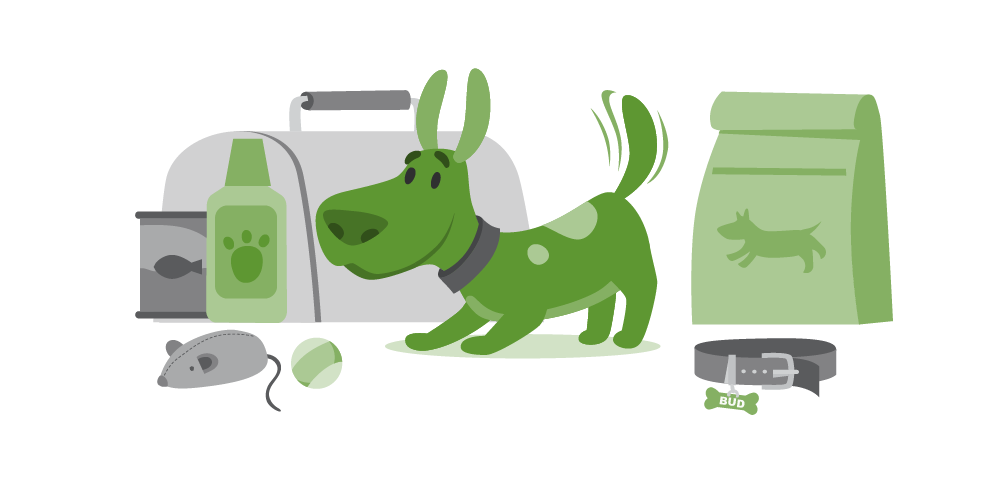
Last month, Hurricane Ida left thousands without power. Over the past year, wildfires in the West have forced residents to evacuate homes at a moment’s notice. Sixteen months ago, a pandemic unexpectedly spread across the world, shutting down businesses and confining us to our homes.
These disasters remind us that we never truly know when a disaster is going to impact our lives.
With climate change increasing the frequencies of these disasters, it is more important than ever to be prepared. One important way you can do this is by having an emergency kit in your house.
After a disaster, you may need to survive on your own for several days. A disaster supplies kit is a collection of basic items your household may need in the event of an emergency.
The most essential part of your kit is several days’ supply of food and water for you, your family and your pets.
Here are 10 other items that you should include in your kit:
- Flashlight.
Extra batteries for the flashlight are also a good idea. If your power is out and you have no way to charge your phone, you might need to rely on a flashlight to get around at night.
- Whistle.
A whistle can help you signal for help if you are stranded and need search and rescue to hear you.
- Dust Mask
Depending on the emergency, you may need a mask to help protect you against contaminated air.
- Local Maps.
If you need to evacuated but have no power or access to the internet, you may need to rely on a paper map to find your way to safety.
- Manual Can Opener.
Your emergency kit is probably made up of canned food, which lasts for a long time. If you don’t have power, you’ll need a way to open these cans.
- Battery-powered or Hand Cranked Radio.
A radio will help you receive updates on the disaster and any known safety risks.
- Books, games, puzzles or other activities for children.
Disasters can be stressful. If you have fun games or activities that your children can do when the power is out, this can help them cope with the stress.
- First Aid Kit.
Conditions during and after a disaster can vary dramatically. You may need to provide immediate care to an injured family member.
- Supplies for your pet.
Your pet is a member of your family. You will want to have enough of their supplies to several days, as well as a favorite toy to comfort them.
- Wrench or pliers.
These tools can come in handy if you need to turn off utilities. Visit ready.gov/safety-skills to discover more valuable skills that can be useful in emergency situations.
While it is important to have these supplies at home, you should also consider having a smaller emergency kit stored in your car or ready to grab if you are evacuated from your home and need to leave quickly.
Once you have your kit built, be sure to maintain it by replacing expired items and, each year, reevaluating your needs.
Having an emergency kit can prepare you to protect you and your family. Visit the National Preparedness Month on ready.gov to read more actions you can take this month, and all year round, to prepare for disasters.


